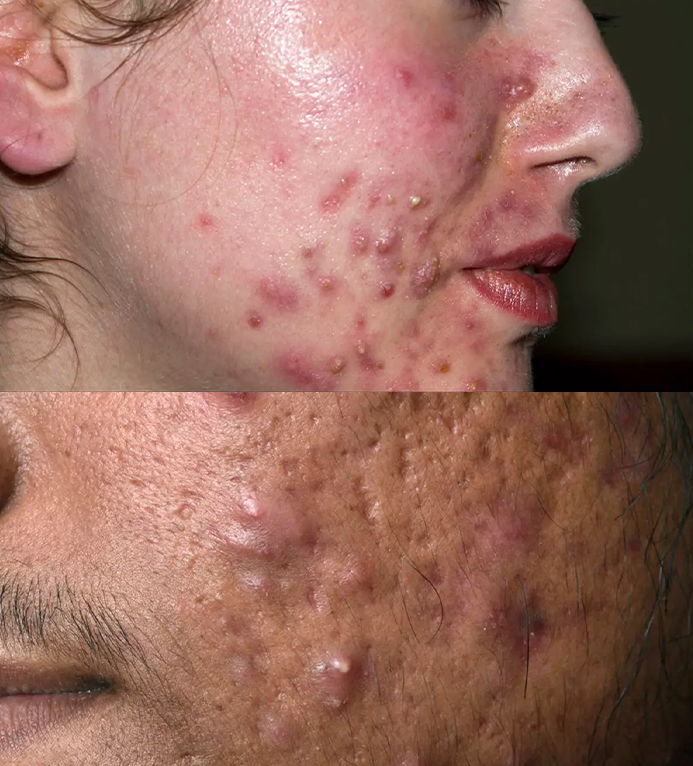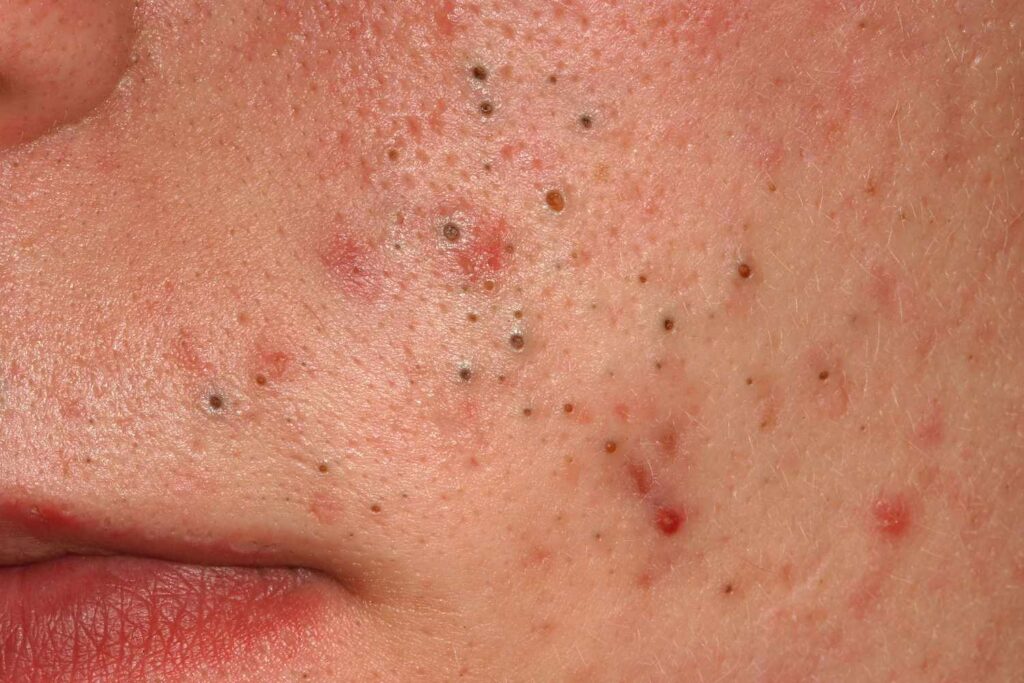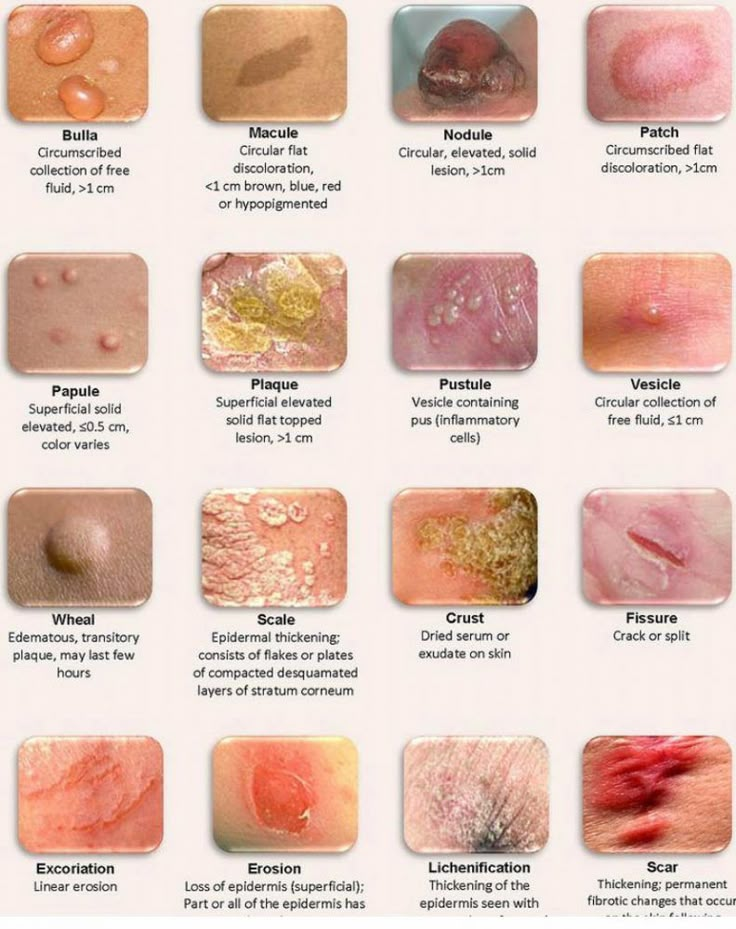
“If topical treatment alone does not improve acne, or if acne is severe or extensive, oral medications are the best option. If you’ve tried several topical medications without success, or if your condition is severe, oral acne medications are usually the next step in the treatment process. Treatment usually includes oral antibiotics and applying a prescription gel or topical cream to the skin. Depending on people with acne, treatment may include using prescription creams to prevent acne, taking antibiotics to kill bacteria that contribute to acne, or, if acne is severe, taking stronger medications such as like isotretinoin, or even minor surgery. Even if you have tried topical acne treatments such as creams or gels without any lasting results, laser therapy may be the right solution for you. While I would like you to try natural remedies first, if you are not seeing improvement and severe hormonal acne is making your quality of life worse, other treatments can make a real difference. While it may take a while, treating hormonal acne from the inside out until your hormones are in their natural, happy balance will allow your skin to truly heal.
While my approach isn’t an instant solution, and won’t replace everyone’s multi-drug regimen, hormonal acne can be very sensitive to a more holistic approach, which means less medication and more patches. While the studio treatments offered by Carolina Skin Care can be very effective in treating acne, patients should also commit to taking care of their skin at home. Multiple topical treatments, whether it’s steroids for eczema or topical antibiotics for acne, topical treatments may help in the short term, but in the long run, it can damage the skin, making you more likely to take it in the future. In addition to other treatments, you can take the most obvious step to soothe stress-related acne: reduce stress. If the creams and antibiotics you have been prescribed are not working, or if you cannot tolerate the side effects that medications may cause, you may want to consider acne treatments, which can be provided at your doctor’s office. Other treatments include birth control pills to control acne, hormonal drainage and extraction, and laser and phototherapy.”
Skin conditions like acne, keloids, allergies, and shingles may cause raised skin bumps. Bumps may also occur with more severe health conditions that require medical attention, such as MRSA, cellulitis, or cancer.
Raised skin bumps are very common and harmless in most cases. They may vary in appearance and number depending on the cause.

BETASkin bumps may be the same color as your skin or a different color. They may be itchy, large, or small. Some can be hard, while others can feel soft and movable.
Most skin bumps do not need treatment. However, it’s important that you speak with a healthcare professional if your bumps are causing discomfort, like burning pain and persistent itching. It’s also recommended that you contact them if you’re concerned about any changes in your bumps or the overall condition of your skin.
- Acne:
- Acne occurs when hair follicles become clogged with oil and dead skin cells. It is commonly seen as pimples, blackheads, and whiteheads on the face, back, shoulders, and chest. The raised bumps can be red, tender, and inflamed.
- Keloids:
- Keloids are a type of raised scar that occurs where the skin has healed after an injury. Unlike regular scars, keloids grow beyond the original injury site and can become large, thick, and raised over time.
- Allergies:
- Allergic reactions can lead to raised bumps on the skin, such as hives (urticaria). These are often itchy, red, and can appear suddenly as the body responds to an allergen like certain foods, medications, or environmental factors.
- Shingles:
- Caused by the varicella-zoster virus, the same virus that causes chickenpox, shingles is characterized by a painful rash that can appear as a stripe of blisters on one side of the body. The blisters can be raised and filled with fluid.

If you experience persistent or concerning skin conditions, it’s important to consult with a healthcare provider or dermatologist to determine the cause and receive appropriate treatment.
